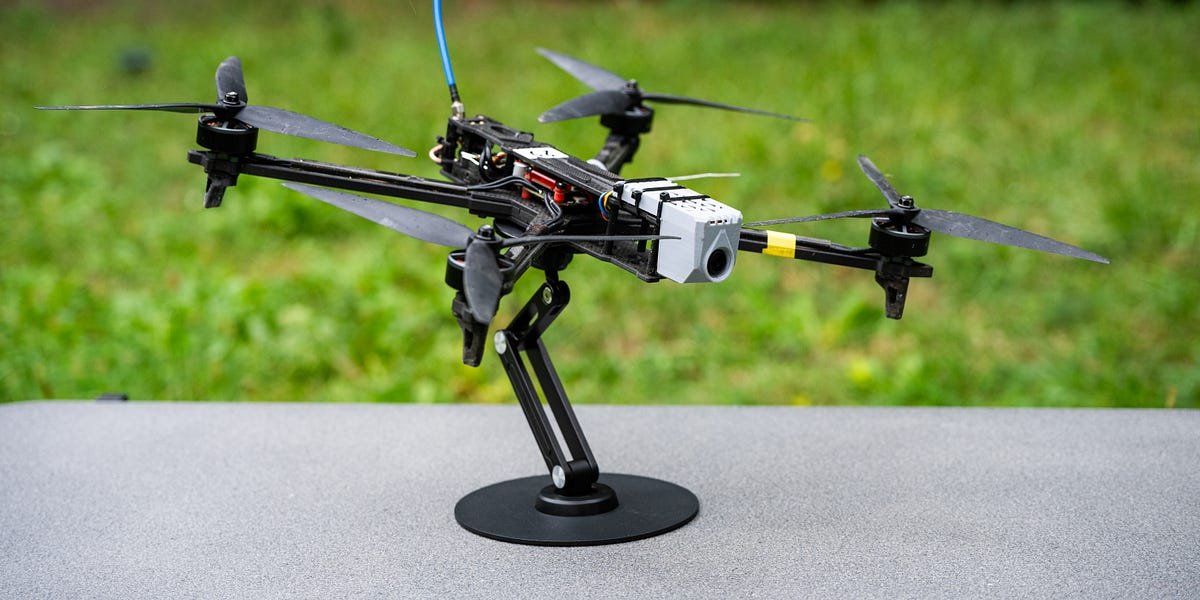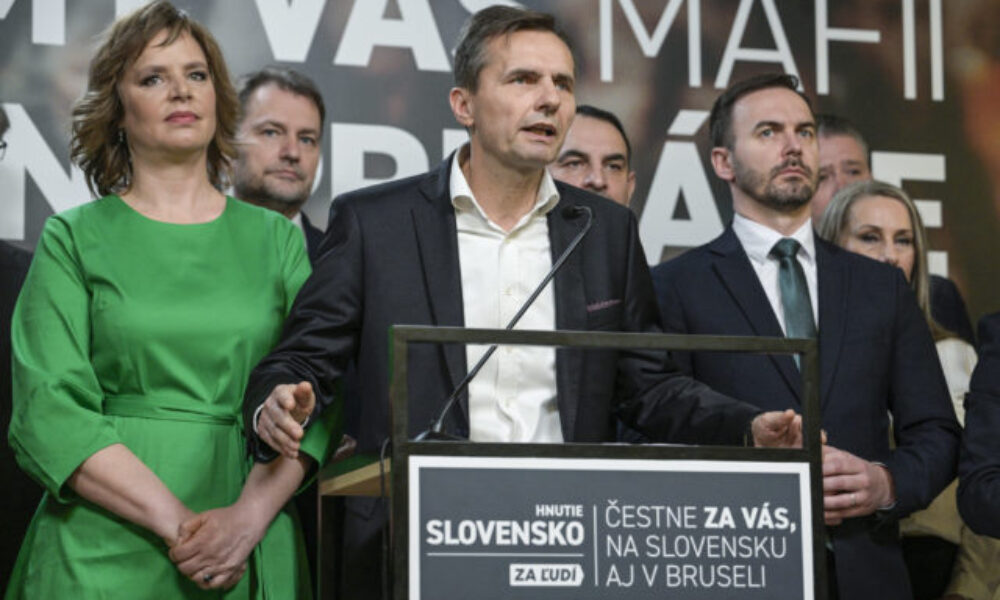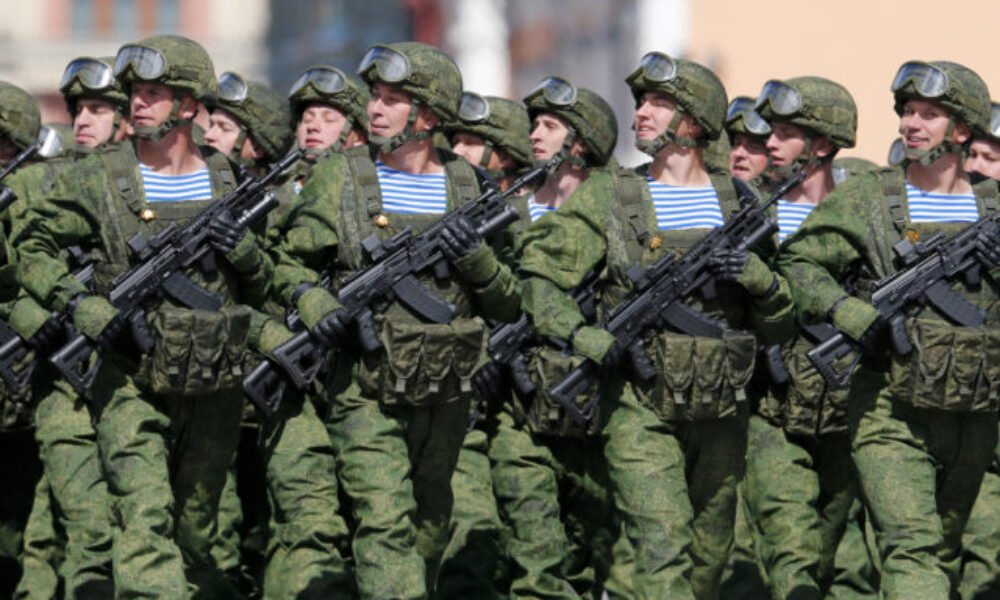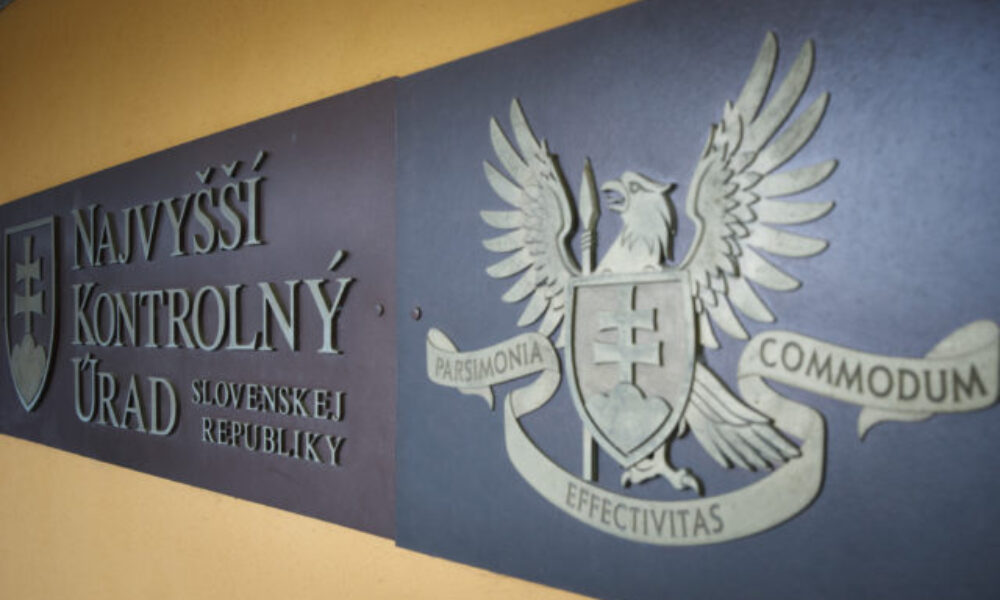
Both Ukraine and Russia face major challenges in drone operations, including shortages of skilled personnel, the growing volume of battlefield data, and the expansion of electronic warfare. These pressures have pushed both sides to focus on the development and application of autonomous systems, which is currently one of the largest investment areas in Ukraine’s defence tech.
Recently, the Ukrainian company NORDA Dynamics, which specialises in creating autonomous UAV control systems capable of operating without GPS, traditional communication channels, and under conditions of active electronic warfare, closed a $1 million funding round with the Swedish Varangians as lead investor. I spoke with representatives from NORDA Dynamics, Varangians, and MITS Capital to gather their views on the state of autonomous warfare in Ukraine and the key investment priorities for the next six months.
Just a reminder: my publications are not sponsored. This digest is supported only by private individuals — readers and subscribers like you.
Oleksandr Yakovenko, CEO of TAF Industries, one of the largest producers of FPV drones in Ukraine, said in his interview with Ukr.Radio, that many Western unmanned systems deployed elsewhere — in the United States, the United Kingdom, and Germany — show impressive results in presentations and controlled test ranges. But when it comes to real combat use, that equipment often fails to operate under heavy electronic-warfare pressure.
In Ukraine, GPS is compromised and cannot be relied upon: “We are effectively living in a GPS-denied environment. That may be new for the world, but it is reality for Ukraine”.
To operate in a GPS-denied environment and under active EW, a drone must have a suite of autonomous capabilities: the ability to hold course and altitude without GPS, stabilization under electronic-warfare conditions, and the ability to correct its trajectory using visual or inertial cues. These are sensors that combine accelerometers and gyroscopes. They help determine a UAV’s position, velocity, and orientation in space, especially when GPS is unavailable, says Nazar Bigun, co-founder and CEO of NORDA Dynamics. He emphasises that these are the kinds of solutions his company prioritises, ensuring operators can be confident a mission will be completed even without communications or navigation.
For Ukraine, this is a critical problem. Without alternative solutions, drones would quickly lose their effectiveness.
“This problem is equally critical for our Western partners who, in the face of Russia’s use of EW and jamming, appear even more vulnerable and need Ukrainian experience to counter the common enemy. Unfortunately, much of our allies’ weaponry still relies on GPS for positioning,” says Bihun.
Nazar added that their products can be better described as autonomous control systems rather than conventional artificial intelligence. ND builds solutions that allow drones to complete missions without GPS, traditional communications channels, or operator involvement. Systems may incorporate individual AI components, for example, a model for recognising and classifying military equipment.
NORDA Dynamics is a Ukrainian deeptech company founded by volunteers with more than 10 years of experience in helping Ukraine’s military. The company works closely with the frontline every day – with operators, engineers, and UAV units – to adapt solutions to the realities of modern warfare as quickly as possible.
The start-up’s flagship product is a last-mile targeting system called Underdog. It enables drones to complete missions autonomously after an operator designates a target. The technology relies on computer vision and artificial intelligence to ensure strike accuracy even in heavily contested or jamming conditions.
Since Ukraine fields hundreds of drone types, 400 of them were used on the battlefield in May alone, the modules must be compatible across multiple UAV models.
Answering my question about the compatibility of their Underdog system with specific UAVs, NORDA Dynamics explained that it is a universal autonomy module. It is compatible with most platforms and supports the main flight controllers used by the majority of drones. Thanks to its effectiveness and relatively simple integration, it can be used on both multicopters and fixed-wing aircraft. The module is already integrated with dozens of Ukrainian manufacturers and used on the battlefield.
In addition to Underdog, the start-up is also developing StableLink, a stabilization system that maintains a drone’s precise azimuth and altitude even under active EW conditions and with no GPS. It corrects the position of multirotor UAVs, compensates for wind, and supports automatic take-off and landing. It is most effective on relay drones, which enable strike and other types of UAVs to operate at greater ranges.
“The StableLink module is also used on loitering munitions and bomber drones — wherever long-duration, stable flight is required. On the front line, our StableLink has already proved highly successful. Its primary aim was to replace costly DJI Matrice platforms used as relays; we have succeeded in reducing the carrier cost by a factor of 8–10,” added Nazar Bihun.
Both Underdog and Stablelink are hardware-agnostic, compatible with most Betaflight, iNav, Pixhawk-based, and Ardupilot-supported systems. The stack runs efficiently on affordable companion computers such as the Raspberry Pi Zero 2, making it well-suited for Ukrainian-made drones. With optimized compatibility across both advanced platforms and low-cost FPVs, the solutions ensure maximum accessibility for frontline units.
The company trains its AI models using a mix of real-world combat telemetry, sensor recordings, and adversarial datasets gathered through field partnerships. The training data includes flight logs, simulated electronic-warfare attacks, terrain mapping, and operator behavior patterns, further supported by partner organizations with strong expertise in data collection and model training.
NORDA Dynamics regularly attends international conferences to warn partners that Europe is unprepared: it lacks cheap counter-UAV options, specialised UAV units, and the necessary infrastructure.
“I like to use a simple analogy: imagine if, during the Second World War, one side had fought with bows against tanks. Even with limitless resources and population, it would not be enough. I am, of course, exaggerating — but the core point needs urgently planting in the minds of our allies. Otherwise, they will learn it the hard way,” Bihun said.
Since the summer of 2025, we have seen a boom in the development of autonomous technology in Ukraine, although full autonomy remains out of reach. The major updates of recent weeks include (read the article “Autonomous Technologies in Ukraine: New Developments” here):
-
Amazing Drones: Developing an automated anti-air drone system that autonomously detects and intercepts aerial targets at speeds up to 300 km/h. Also building pilot-assist targeting software and ground stations to reduce pilot workload amid shortages.
-
Swarmer: Ukraine has begun employing swarm-drone technology, developed by the start-up Swarmer, to coordinate autonomous strikes on Russian positions, with some units already conducting more than 100 operations. The software reduces manpower needs from nine to three operators and has been tested with swarms of up to 25 drones, with plans for 100+ (read the full article “Is Ukraine Leading Drone Swarm Warfare?” here).
Recently, Swarmer raised $15 million, the largest defence-tech investment since the war began. Its software draws on data from 82,000 missions to replicate pilot tactics and make real-time decisions.
-
Vyriy Drone & The Fourth Law (TFL): Began mass production of drones equipped with terminal guidance (TFL-1 module), enabling “fire-and-forget” precision strikes. Reported to increase strike effectiveness by 2–4x, with only a 10% rise in costs. The new Vyriy-10-TFL-1 is priced at around $450, competitive with FPV drones. The Forth Law founder Yaroslav Azhniuk expects most frontline drones to be fitted with similar autonomy systems within six to nine months.
-
Clarity AI program: Now used by 250+ of Ukraine’s Armed Forces service members for automated image analysis, cutting military imagery processing time by up to 90%. Features include automatic photo/video decoding, geotagging, and orthophotomap generation, with potential integration into Ukraine’s Delta command system. Running on an ordinary laptop, the software scans photos and video feeds, independently flagging targets and sending confirmed data to commanders.
While drone warfare in Ukraine is certainly moving toward greater autonomy, military personnel on the battlefield remain sceptical about how quickly this technology can replace humans. Ukrainian serviceman Volodymyr, codenamed ‘Bison,’ explained to Ukraine’s Arms Monitor that sometimes such technologies as terminal guidance work adequately, but in some cases variable factors — for example, a gusty wind near the ground — can carry a drone off course. In such conditions, the algorithm cannot decide on its own to make a second pass. A computer simulation might, but on the battlefield, it cannot account for all the variables. “We are sceptical about this; so far, we have not seen widespread practical use of such systems. In an environment of dense radio traffic and rapidly changing front-line conditions, the most reliable navigation is visual,” he added.
Another problem is that technologies are unevenly distributed among Ukraine’s military units. As a result, many active combatants lack experience with certain systems if their unit has not received equipment with those capabilities.
-
Speaking about investment priorities for the next six months, Pär Lager, CEO of Swedish investment company Varangians, said the focus will remain on systems enabling unmanned operations and autonomy, next-generation unmanned solutions across all domains, and electronic-warfare technologies.
-
“We also see strong demand for cost-effective air defense, including interceptors and counter-UAS systems, as well as platforms to counter disinformation and enhance intelligence. Next-generation communication systems and innovative demining solutions will also be critical. These areas reflect not only the immediate needs of the battlefield, but also the long-term priorities for strengthening European and global security,” he added.
-
For the context, Ukraine is actively working on developing and applying AI technologies for demining: this July, the AI Data Jam hackathon in Kyiv’s Unit.City, the team Mine Watch AI developed a model that detects explosive hazards in drone imagery, earning $2,000 in funding from UNDP Ukraine and the Government of Luxembourg. The team continues its work with humanitarian demining experts.
-
Denys Gurak, co-founder and CIO/COO of investment group MITS Capital, which also participated in the investment round for NORDA Dynamics, said that from a technological perspective, drone and counter-drone solutions will remain prominent investment priorities for at least the next couple of years.
-
“Other key areas include AI-based software—particularly for swarms—along with aerial optical navigation, jet engines, microwaves, lasers, and next-generation explosives,” Denis added.
Read my in-depth profile of Tencore, one of Ukraine’s leading ground-drone producers, which recently raised $3.74 million from MITS Capital.
On a personal note, I’ve recently launched a campaign to raise $3,400 for fiber-optic equipment for the military unit of my university friend, who is currently serving in Ukraine’s Armed Forces. We’ve already raised almost half of the target amount, and I’d be deeply grateful for your donation!
Ways to donate:
-
PayPal: link
-
Subscription to my newsletter: 1 month – €15; 1 year – €70, “Supporter” tier – €150. Please drop me a note if you’d like the payment for your subscription to go toward the campaign!
-
Canada: e-transfer to elena91kr@gmail.com










